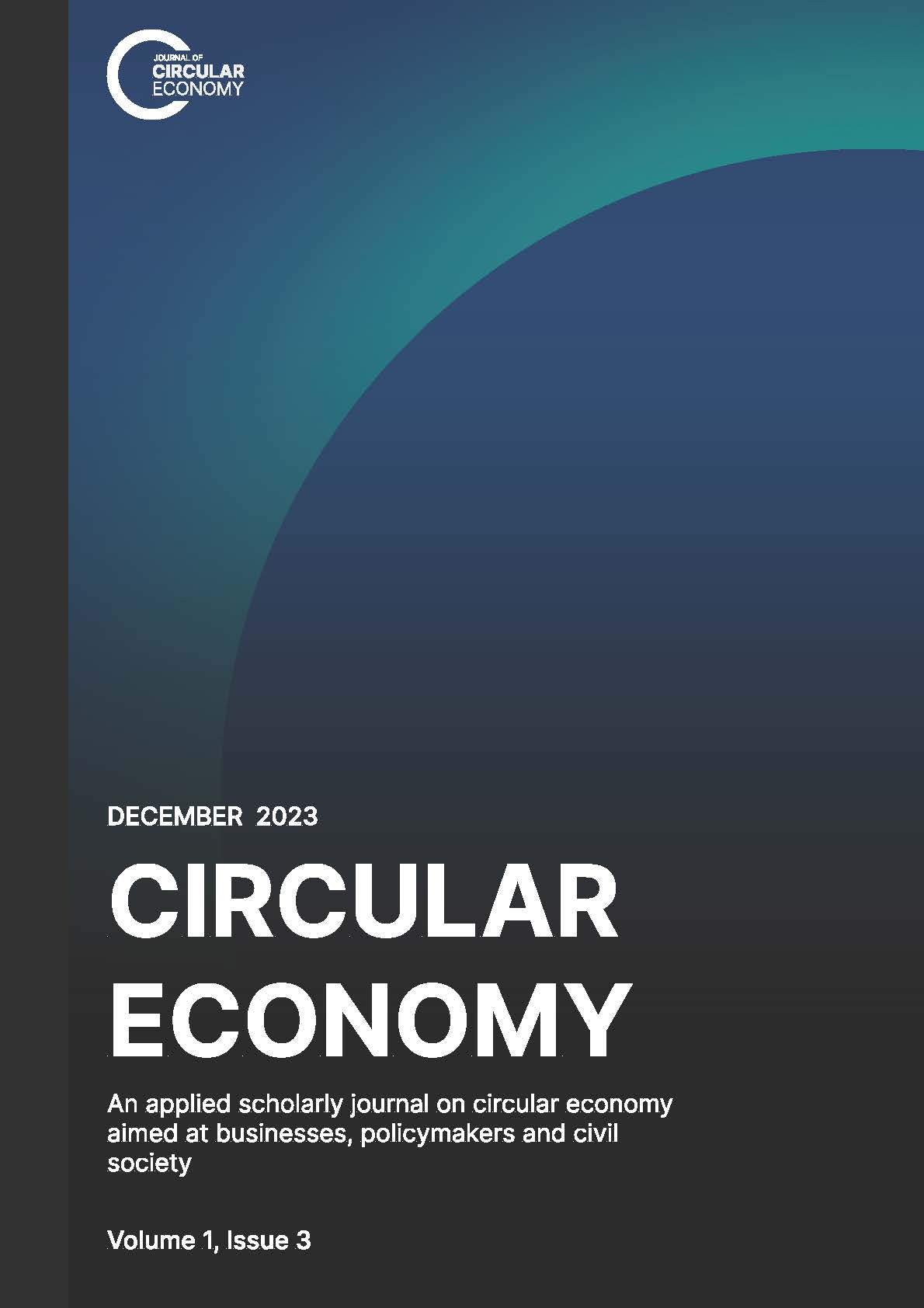Abstract
Keywords
References
Aarikka-Stenroos, L., Ritala, P., & Thomas, L. D. (2021). Circular economy ecosystems: A typology, definitions, and implications. In S. Teerikangas, T. Onkila, K. Koistinen, & M. Mäkelä (Eds.), Research handbook of sustainability agency (pp. 257 – 273). Cheltenham: Edwards Elgar Publishing.
Bertalanffy, L. von. (1968). General system theory: Foundations, development, applications. G. Braziller, New York.
Geissdoerfer, M., Savaget, P., Bocken, N. M., & Hultink, E. J. (2017). The Circular Economy–A new sustainability paradigm? Journal of Cleaner Production, 143, 757–768.
Gómez, A. M. M., González, F. A., & Bárcena, M. M. (2018). Smart eco-industrial parks: A circular economy implementation based on industrial metabolism. Resources, Conservation and Recycling, 135, 58–69.
Henry, M., Bauwens, T., Hekkert, M., & Kirchherr, J. (2020). A typology of circular start-ups: An Analysis of 128 circular business models. Journal of Cleaner Production, 245, 118528.
Iacovidou, E., Hahladakis, J. N., & Purnell, P. (2021). A systems thinking approach to understanding the challenges of achieving the circular economy. Environmental Science and Pollution Research, 28, 24785–24806.
Jackson, M., Lederwasch, A., & Giurco, D. (2014). Transitions in theory and practice: Managing metals in the circular economy. Resources, 3(3), 516–543.
Jacobides, M. G., Cennamo, C., & Gawer, A. (2024). Externalities and complementarities in platforms and ecosystems: From structural solutions to endogenous failures. Research Policy, 53(1), 104906.
Kanda, W., Geissdoerfer, M., & Hjelm, O. (2021). From circular business models to circular business ecosystems. Business Strategy and the Environment, 30(6), 2814–2829.
Kirchherr, J., Reike, D., & Hekkert, M. (2017). Conceptualizing the circular economy: An analysis of 114 definitions. Resources, Conservation and Recycling, 127, 221–232.
Konietzko, J. (2020). Business innovation towards a circular economy: An ecosystem perspective. A+ BE| Architecture and the Built Environment, 22, 1–204.
Matschewsky, J. (2019). Unintended circularity?—Assessing a product-service system for its potential contribution to a circular economy. Sustainability, 11(10), 2725.
Moore, J. F. (1993). Predators and prey: A new ecology of competition. Harvard Business Review, 71(3), 75–86.
Parida, V., Burström, T., Visnjic, I., & Wincent, J. (2019). Orchestrating industrial ecosystem in circular economy: A two-stage transformation model for large manufacturing companies. Journal of Business Research, 101, 715–725.
Sakao, T., & Lindahl, M. (2009). Introduction to product/service-system design. Springer Science & Business Media, London.
Tansley, A. G. (1935). The use and abuse of vegetational concepts and terms. Ecology, 16(3), 284–307.
Tsvetkova, A., & Gustafsson, M. (2012). Business models for industrial ecosystems: A modular approach. Journal of Cleaner Production, 29, 246–254.


